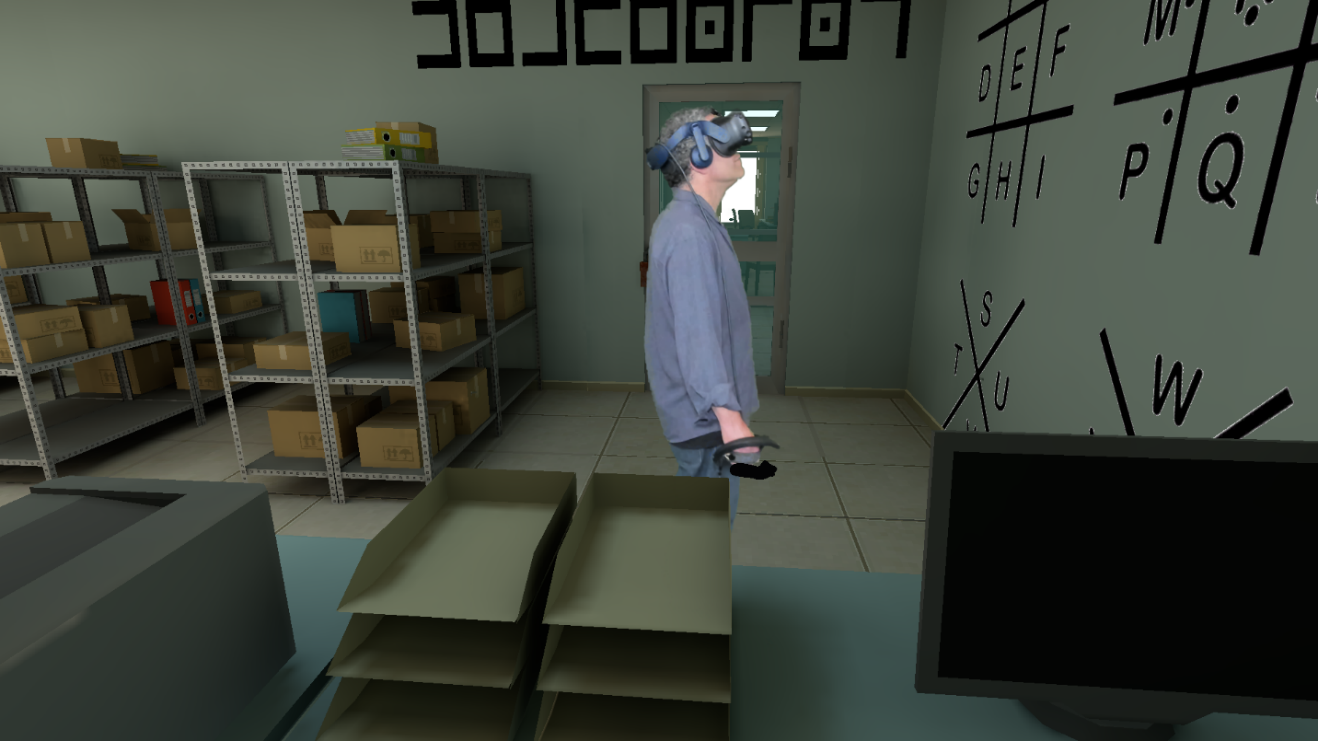Data privacy and virtual reality
A couple of weeks ago a really important paper was published detailing how much of our personal information can be extracted from a simple VR Escape Room experience. It turns out it is possible to work out a person’s height, arm span, handedness, gender, flexibility and a whole host of other information just by analysing basic information regarding head and hand position throughout the experience. Happily the paper does not present problems but also solutions, so we strongly recommend that you read THIS.
In a nutshell: Berkeley University researchers in the USA required people to don a VR headset to perform enjoyable tasks like solving problems, performing creative tasks and memorising key information to unlock a sequence of doors until they managed to free themselves from a virtual escape room.
Screen shot from the UC Berkeley Escape Room
The whole purpose was to demonstrate how much information can potentially be extracted from VR applications that seem perfectly innocent on a superficial level, but are in fact compiling a vast array of fairly revealing a whole host of information about your physical and psychological attributes. When integrated with everything else that can be extracted about you from your Google web browsing history, Amazon shopping habits and such like, the concern is that - in unethical hands - it could end up revealing far more intimate and private information about you than you ever dreamed possible, or desirable. For one thing, as described in this paper, when people use a networked VR application it often pings multiple servers and so it is possible to triangulate from this data where in the world you are. But fear not, help is at hand, the researchers have invented an antidote.
They have created an app that they call MetaGuard that masks most of the private data that can be gleaned from your interactions in the VR application by injecting some random jitter into all the values that are sent to the mothership, thereby adding noise that renders your data unusable or at the very least inaccurate. Hooray!

